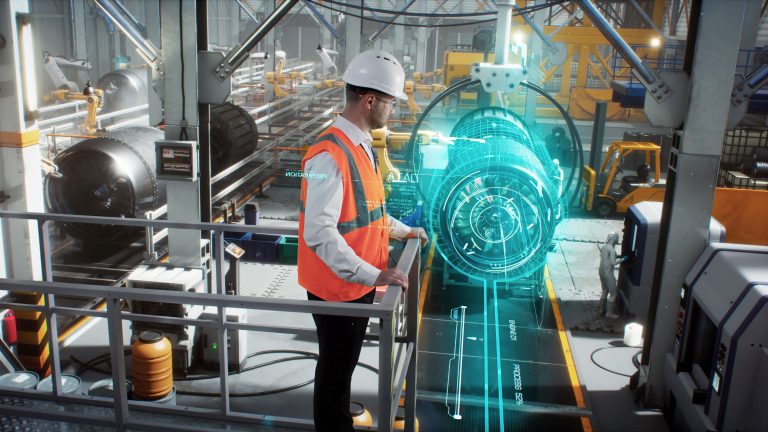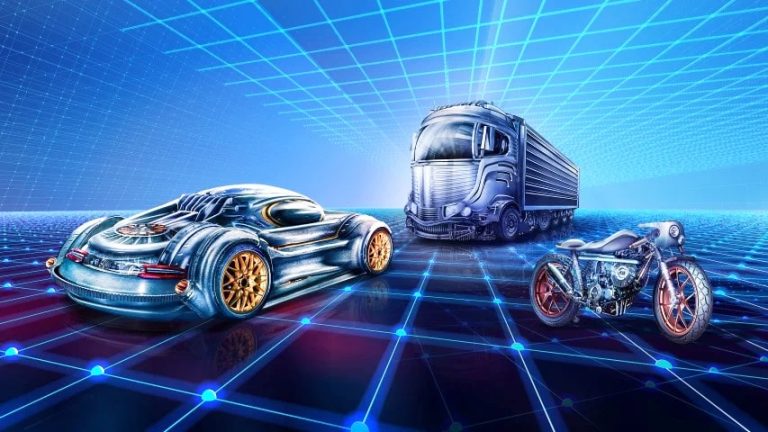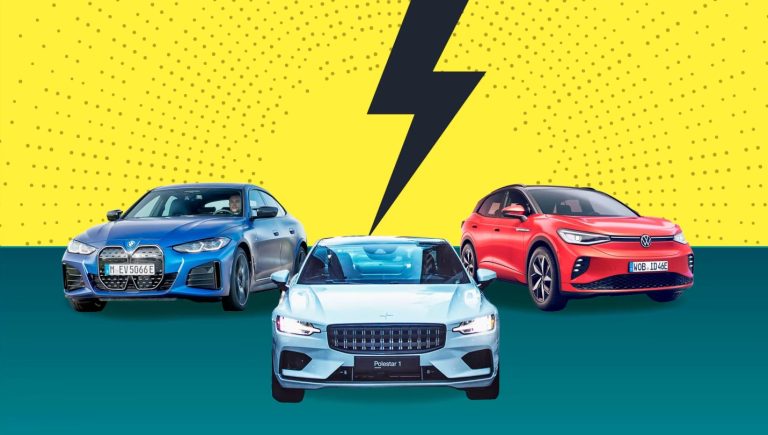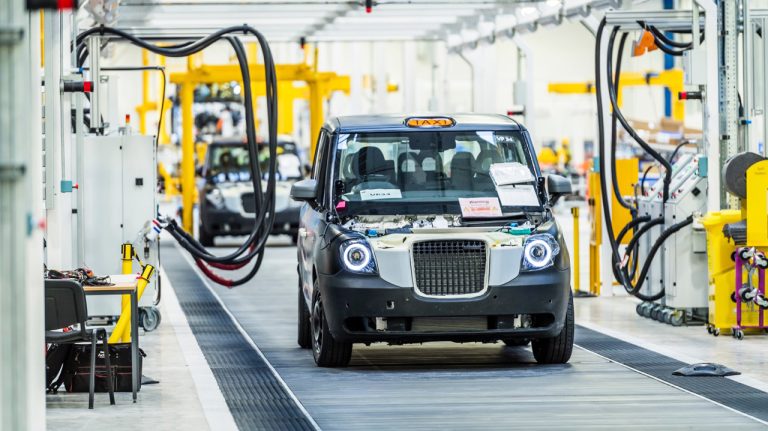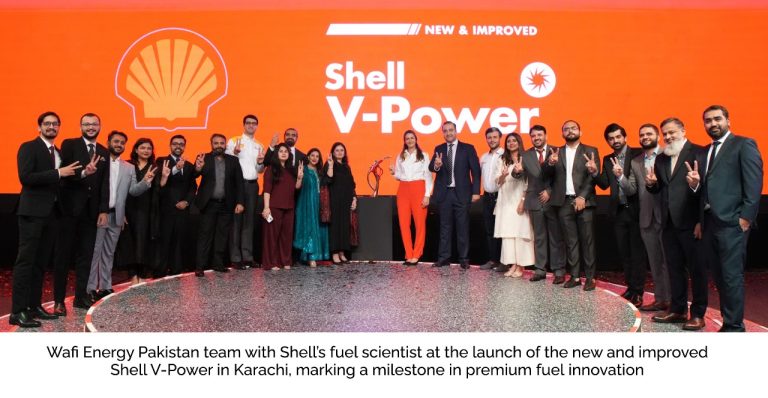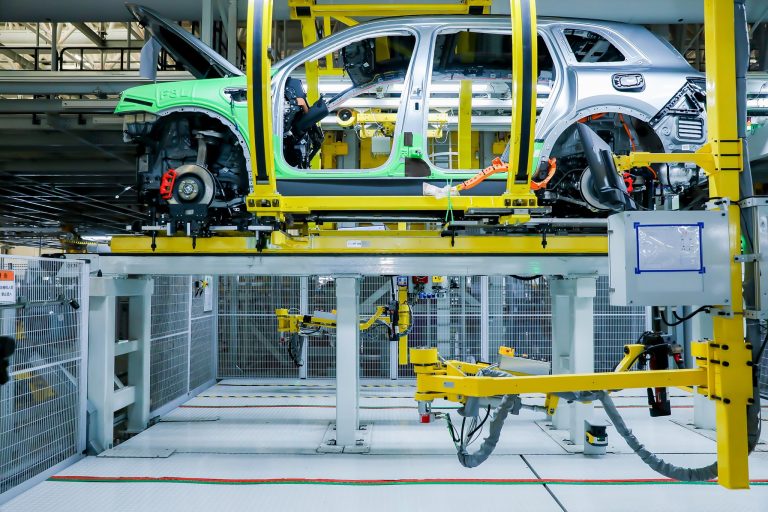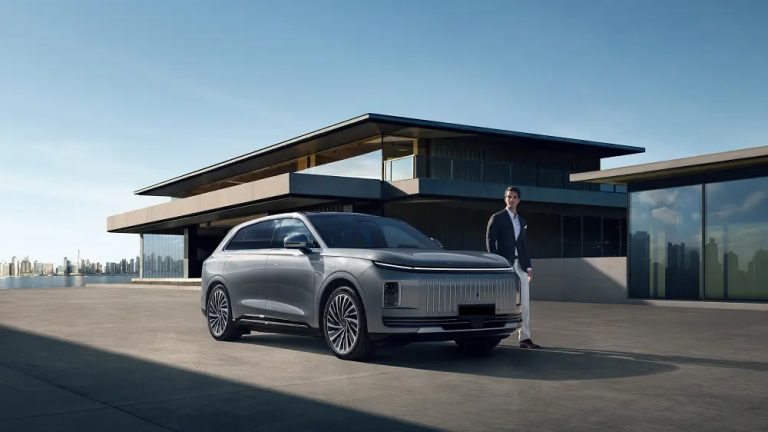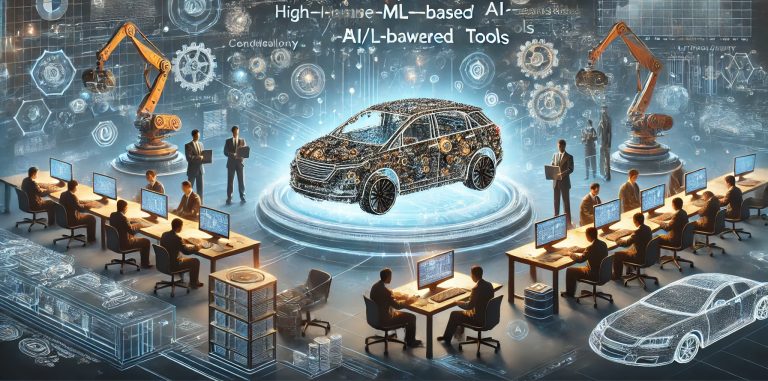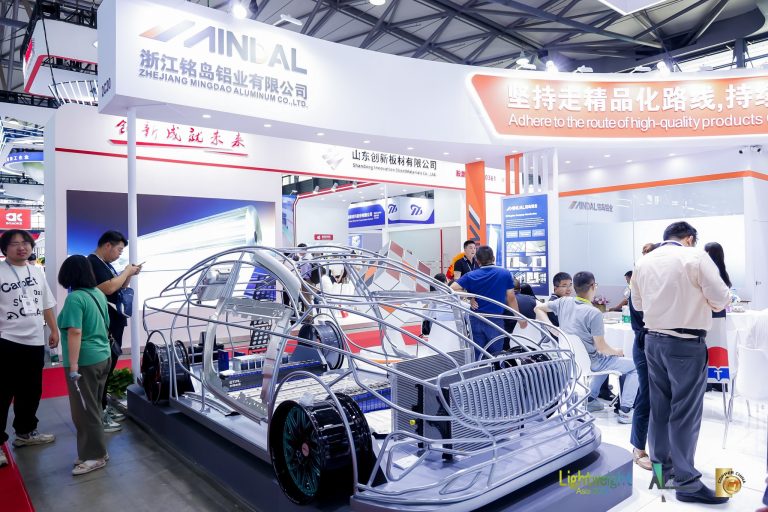The Automark April 2025, my article gets to the point: Pakistan’s journey toward localization of the automobile industry is beset with challenges, but the inherent advantages, lower prices for automobiles, additional employment, and less reliance on imports for a more robust economy make it a necessary pursuit. The takeaway from the last article highlights that although top-class strategies, policy consistency, and industry engagement are essential beginnings, realizing sustainable localization involves resolving deeper systemic challenges. Although the path to complete localization is recognized as being challenging, the article is optimistic. With the right push, interventions at the right moments, and a combined effort by all stakeholders, Pakistan can fully localize its auto industry, which would flow into tangible rewards for its economy and buyers, and allow it to become an important player in the regional auto industry. The challenge, “So, what do you think, can Pakistan localize to the fullest?” necessarily invites the reader to adopt this positive but challenging vision.
The Pakistan automotive local industry’s quest for complete independence and emergence as a key regional participant rest directly on the large-scale enactment of technology transfer and localized component production. It is not simply an economic desire but a survival need for local suppliers and a strategic requirement for the country’s economic primacy. Today, the industry is confronted with major challenges: varying government policies, a lack of technological capabilities among the local vendor base, high dependency on foreign raw materials, and difficulty in attaining economies of scale. These contribute to the increased cost of production and disallow the local players to compete fairly, which consequently affects the affordability of the vehicle at the consumer level.
Localization within Pakistan’s automotive industry is challenging but critical. Although development has been held back by policy instability, technology deficiencies, import-substituting inputs, a shallow vendor base, and high cost of production, the potential is revolutionary: reduced vehicle prices to consumers, local job generation, capability building in industry, diminished dependency on imports, and enhanced macroeconomic strength. The way ahead is conditional upon concerted action among the government, OEMs/assemblers, tiered vendors, financial institutions, and academia/technical training institutions. With proper incentives, project approvals, and skills pipeline, Pakistan can shift from SKD/CKD dependence to genuine localization and regional value chain significance. The journey is arduous, but the destination is worth the travel. The article insists that good coordination between the government, industry stakeholders, and educational institutions is essential for overcoming the obstacles and unleashing the full potential of Pakistan’s automotive localization.
Here are further specifics on what each of these partnerships involves. Essentially, the article contends that a coordinated effort, wherein every stakeholder does their part actively and in tandem, is the only way Pakistan can transcend its present constraints and build an auto industry that is actually localized, competitive, and sustainable and serves the national interest at large.
Government: Offering stable, long-term policies with incentives towards localization, R&D, and investment in raw material sectors. Refocusing on zeroing high import duties on CKD units and encouraging local production. Rather than constant policy changes, the government should make sure to create stable, predictable, and long-term automobile policies. This gives a well-defined roadmap for investment and lets manufacturers plan for the future confidently. Some of the examples are the Automotive Development Policy (ADP) 2016-21 and its follow-up, AIDEP 2021-26, which were aimed at creating a stable business environment. Targeted tax relief, subsidies, and other incentives should be offered by the government to stimulate local manufacturing, R&D investment, and domestic production of raw materials. These include importing machinery and equipment, duty and tax-free, for testing, designing, and producing molds and dies. Re-thinking and possibly lowering excessive customs duties on Completely Knocked Down (CKD) units can render local assembly competitive. At the same time, an overhauled tariff system that encourages local parts production is essential.
Development and investment in and building a solid industrial infrastructure with a solid foundation for primary industries such as steel, plastics, and rubber are essential to minimize dependence on imported raw materials. Government support in the form of duty rebates and a smooth export system can make a big difference to Pakistan’s potential as an automotive export hub. Enforcing and implementing international safety standards and quality for vehicles produced domestically, as well as a system of consumer protection.
Industry Actors (OEMs and Suppliers: For speeding up localization in Pakistan’s automotive industry and minimizing reliance on imports, the industry needs focused, coordinated efforts by the government, original equipment manufacturers (OEMs), suppliers, and academia. These actions seek to overcome structural flaws, develop vendor capabilities, and construct a viable industrial ecosystem. Technology transfer investment, local suppliers’ capacity building, promotion of joint development programs, and authentic technology sharing. Original Equipment Manufacturers (OEMs) and local suppliers must be willing to make large investments in domestic manufacturing facilities and capabilities, going beyond assembly.
OEMs must actively participate in technology transfer and exchange with local suppliers, upgrading their manufacturing processes, enhancing quality, and becoming able to produce more sophisticated components. Joint development schemes may lead to indigenous capabilities. OEMs need to collaborate closely with domestic suppliers to leverage their capacity, quality, and technology expertise. This involves imparting mentorship schemes, financing facilities, and granting a captive, high-volume order for locally manufactured parts to render their manufacturing viable. Players in the industry need to invest in R&D to create new products, enhance current ones, and keep themselves updated with advancing technologies such as electric vehicles (EVs) and enhanced safety systems. Though difficult in a small market, industry players must seek ways to expand output to lower per-unit costs and be more competitive.
The cornerstone of automotive localization is a robust and competent vendor base. In Pakistan, though there are few Tier-1 suppliers serving the OEMs, numerous Tier-2 and Tier-3 vendors are not technically competent, quality certified, or financially strong enough to achieve global standards. Vendor capability building and financial access are essential to have significant localization. Without the support of sound vendor development and provision of finance, localization will be cosmetic in nature, confined to low-value components. Organized programs in finance, technology, training, and infrastructure will make vendors competitive suppliers, allowing Pakistan’s auto industry to attain true localization, cost competitiveness, and regional export potential. Vendor development and strong financial support are keystone constituents for the attainment of deep and sustainable auto localization in Pakistan.
Though localization holds out the prospect of great national dividends—from lower bills of imports and added jobs to cheaper cars—it is greatly disabled by certain fundamental challenges, most notably local suppliers’ inadequate access to funds for technological improvements, capacity shortages, and the lack of economies of scale. Financial assistance, thus, is vital. This goes beyond outright grants to include subsidized loans, tax relief for R&D and investment, and tariff policies facilitating local production of components. Yet, financial assistance is not enough by itself. It has to be supplemented with a strategic partnership where OEMs give technical support, ensure long-term volume commitment, and facilitate joint development. At the same time, the government needs to provide consistent, accommodating policies, and academia needs to create the trained human resources required to enable domestic vendors to manufacture quality, affordable components. With these economic and development challenges addressed by concerted, multi-stakeholder action, Pakistan can finally realize its potential to emerge as an important contributor to the regional automotive value chain.
Academia/Schools: Creating curricula to address changing skill requirements in the automotive sector, specifically in advanced manufacturing and EV technology. The curriculum of educational institutions such as universities and vocational schools must match changing needs in the automotive sector. This involves emphasizing skills for contemporary manufacturing, engineering, design, and emerging technologies such as EV servicing and production. Universities can work with industry on R&D projects, driving innovation and the creation of indigenous solutions for automotive components and technologies. Developing programs that offer a qualified workforce poised to assist in advanced manufacturing processes and address the demand of the industry for specialized expertise.
Takeaway from this article:
Essentially, if Pakistan’s auto industry is ever going to survive and flourish, the emphasis needs to become aggressively innovation-driven localization, where a collective drive for high-technology transfer and mass-scale indigenous parts production enables local suppliers to become players on the global stage and yields big economic dividends to the country. This “tough ride” requires unprecedented partnership and long-term investment.
This exclusive article has been published in Automark’s August-2025 printed edition. Written by Muhammad Rafique, Head of Production and maintenance, Foton JW Park (Pvt) Ltd.,
